Unlike SEO, website development, or a social media strategy, developing an email marketing plan is relatively quick.
In fact, if this is something you actually want to do, you could probably set up your email marketing campaign within the next couple of hours and have a few leads before the day is out (unless you’re reading this at midnight, you vampire).
All you need is a few tools and a solid road map. Don’t worry, I’ll help you develop both of those in this article.
Ready to get started?
Email Marketing Tools
Before we get into the nitty gritty, there are a few tools you’ll absolutely need to invest in, first.
I say “invest” not because you’ll actually need to spend money, but because these might take some time to get used to.
Fortunately, most email marketing tools are relatively straightforward. The ones that aren’t usually have a few key features that can get your campaigns operational, while you work with the minutiae later.
Side note: All of the below tools I have personally used. The last thing I want to do is regurgitate some random info you can read on other websites, so I’ll only ever recommend things I have firsthand experience with.
Email Service Providers
A service provider will give you a place to store all the contacts you’ll generate, as well as provide a way for you to send emails.
The best ones allow for list segmentation (dividing up based on behavior or demographics), campaign scheduling, and basic behavior tracking.
Here are some of the most common:
Mailerlite
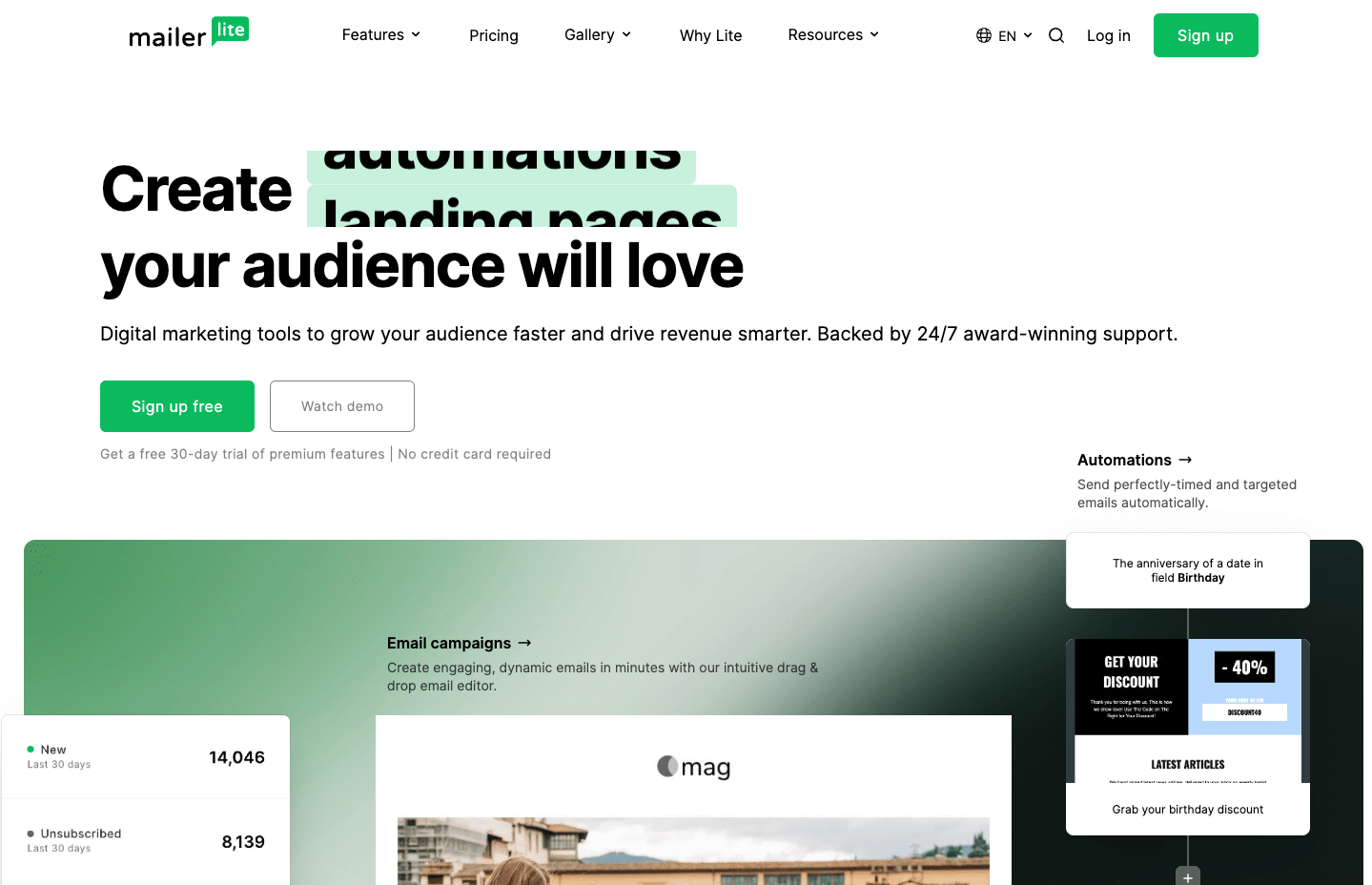
If you want a really simple, easy to use email provider, you can’t go wrong with Mailerlite. I’m actually hosting all my leads from my Bible Blog Project on Mailerlite, primarily because — at the time of this writing — offer up to 1,000 leads for free.
Once you decide to move to another provider, it’s really easy to download your list and import it to another provider. It should only take a few minutes, at best.
The other reason I like Mailerlite is because they offer a lot of premium features for free. You can set up automation sequences (a series of emails after someone joins your list), “tag” your list with certain markers, and schedule out campaigns into the future.
They also have a set of pre-made templates for you to use first. Even if you never actually use them, they’re a nice jump start to get your creative juices going.
Mailchimp
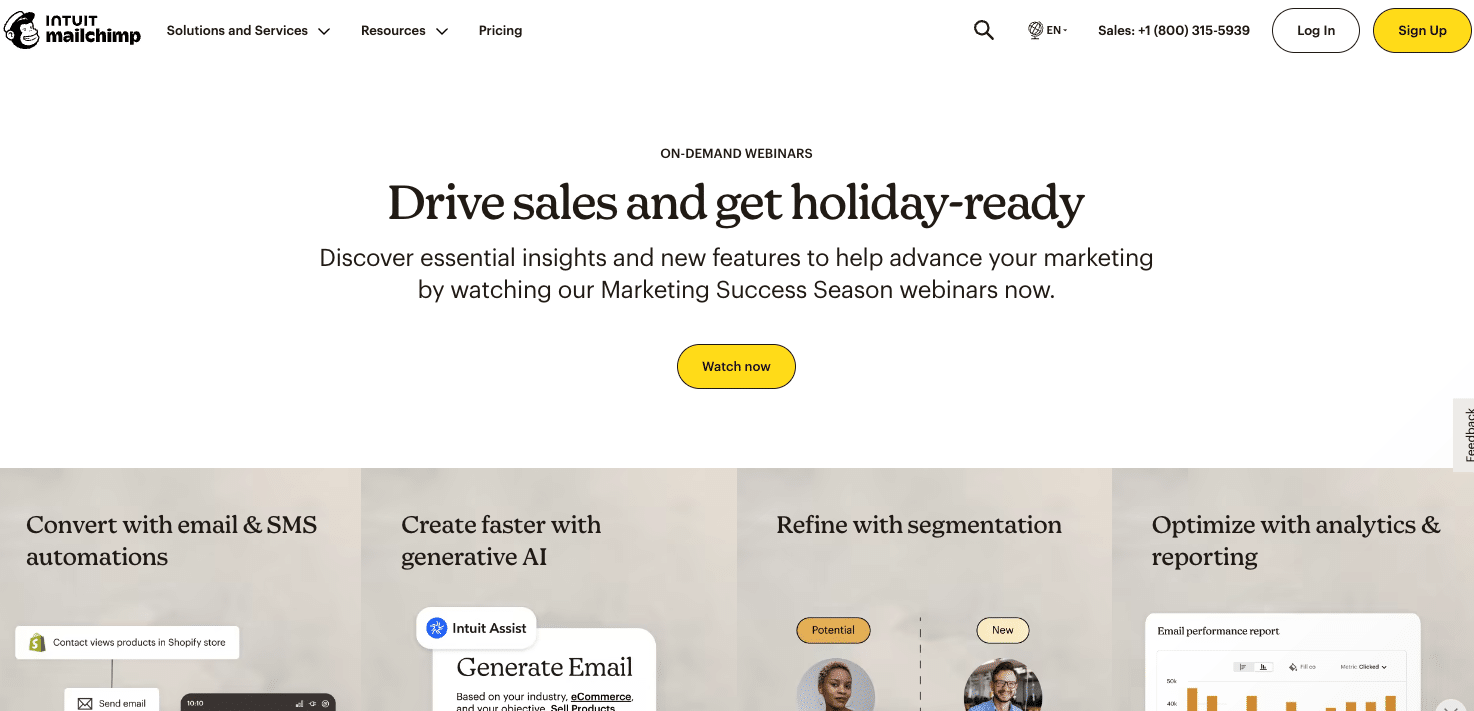
Mailchimp isn’t affiliated with Mailerlite, but it can be seen as a beefier version in a lot of ways.
The main difference is the interface. I prefer Mailerlite’s dashboard to Mailchimp; for some reason, Mailchimp just doesn’t feel that intuitive. You might spend quite a bit of time just figuring out where things are.
Mailchimp also has more templates and is more of a well-known name (with better customer support), but is more expensive. It’s probably the choice for you if you’re already committed to the list-building process, since it’s native features are just about as good as other “professional-level” email services.
Constant Contact
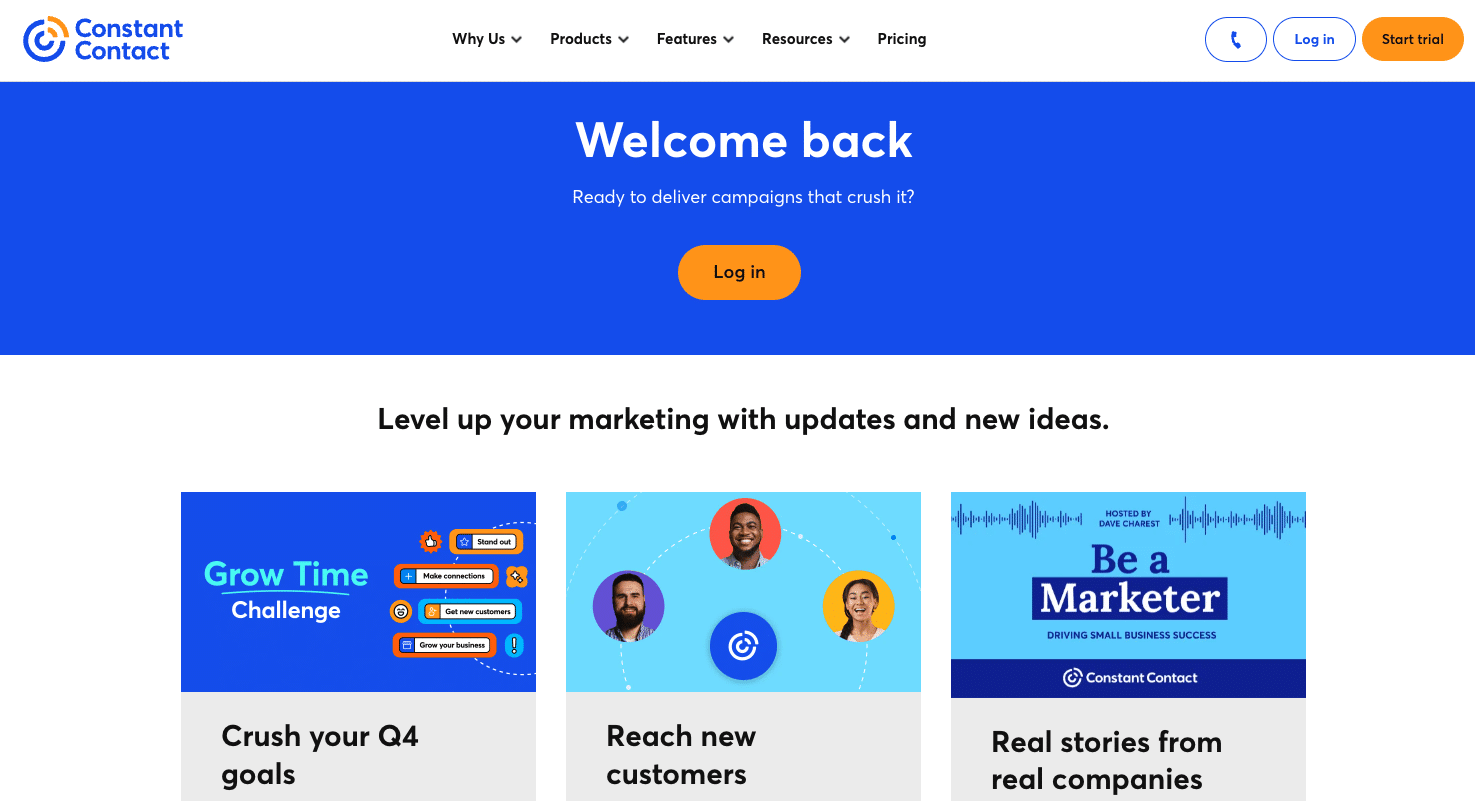
Back in the day, Constant Contact was a joke. I remember using it for a client way back in 2013, and the interface was dated then. It looked like it was built using pre-Y2K type software.
I say that to say that Constant Contact has come a reealllly long way. I started using it for another client within the last year (since they already had an account), and I’m very impressed with the interface. It’s extremely user-friendly (maybe more so than Mailerlite), and provides solid reporting and deliverable.
The price point is about on par with Mailchimp, but it’s a great choice.
Active Campaign
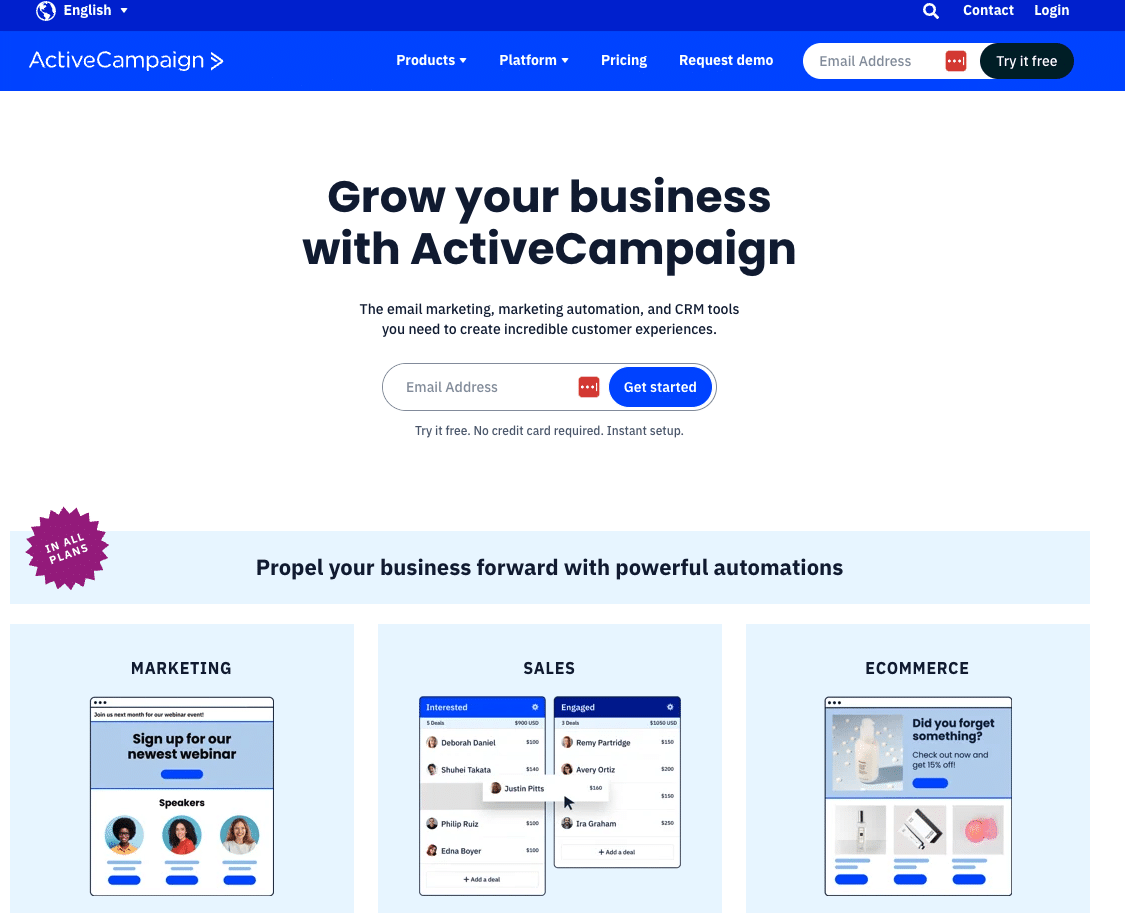
In the sense of full disclosure, I use ActiveCampaign for all Diakonos and MyDigitalEvangelism-related emails. It came recommended to me by someone else, and I don’t really have any complaints.
I’m certainly not married to it, though. It doesn’t have a free plan (starts at $79/year), and it only allows you to go up to 1,000 contacts before you have to pay for an even higher price point.
The automation sequences are more robust than others with more actions to choose from, but it’s also clunkier. I’ve found myself getting frustrated more than once because I couldn’t do something that I thought should be very simple to use.
To be fair though, ActiveCampaign is not an entry-level email service provider (which would’ve been nice to know before I signed up). It’s more on par with the likes of ConvertKit or Kaep. There are several more levels of customization — if you can figure it out — and provides top-level deliverability and reporting.
For most people starting out, it’s probably overkill. But it’s worth considering if you’re wanting to take your email marketing game to the next level.
Miscellaneous Tools
The above services will help you get started, but don’t worry if you find something else that you end up liking better. There are literally dozens of email marketing platforms out there. Those are just the ones that I prefer.
That being said, there are a few more tools you might find useful as well. They’re not absolutely necessary, but they will make your life easier.
Zapier
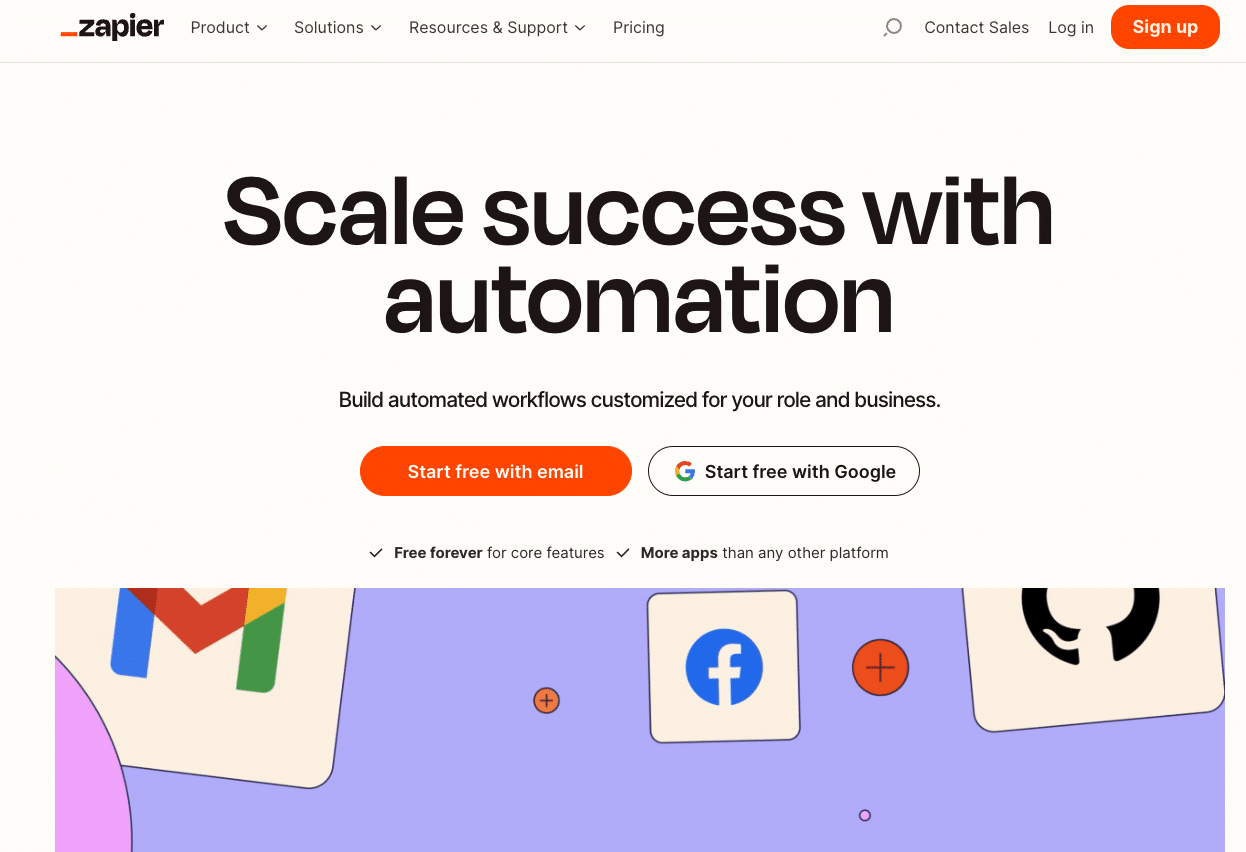
Zapier is a workflow automation tool that boasts thousands of “Zaps” to help you connect different platforms and services.
Think of it as an internet-based Rune Goldberg machine: When something happens in one place, it triggers an action somewhere else. Zapier is the connection between those two platforms.
Zapier is technically free, but to take advantage of their premium “zaps,” you’ll have to fork over nearly $30 a month.
It’s worth it though to connect a lead generation ad on Facebook, for example, with your email marketing provider. As soon as someone signs up, they’re added to your list, and the automation sequence starts. If you wait too long to manually add them to your list, they may have forgotten they even signed up in the first place.
I would only recommend something like Zapier if you were handling lots of automated processes at the same time. In my opinion, it’s too expensive for casual usage.
Bookfunnel
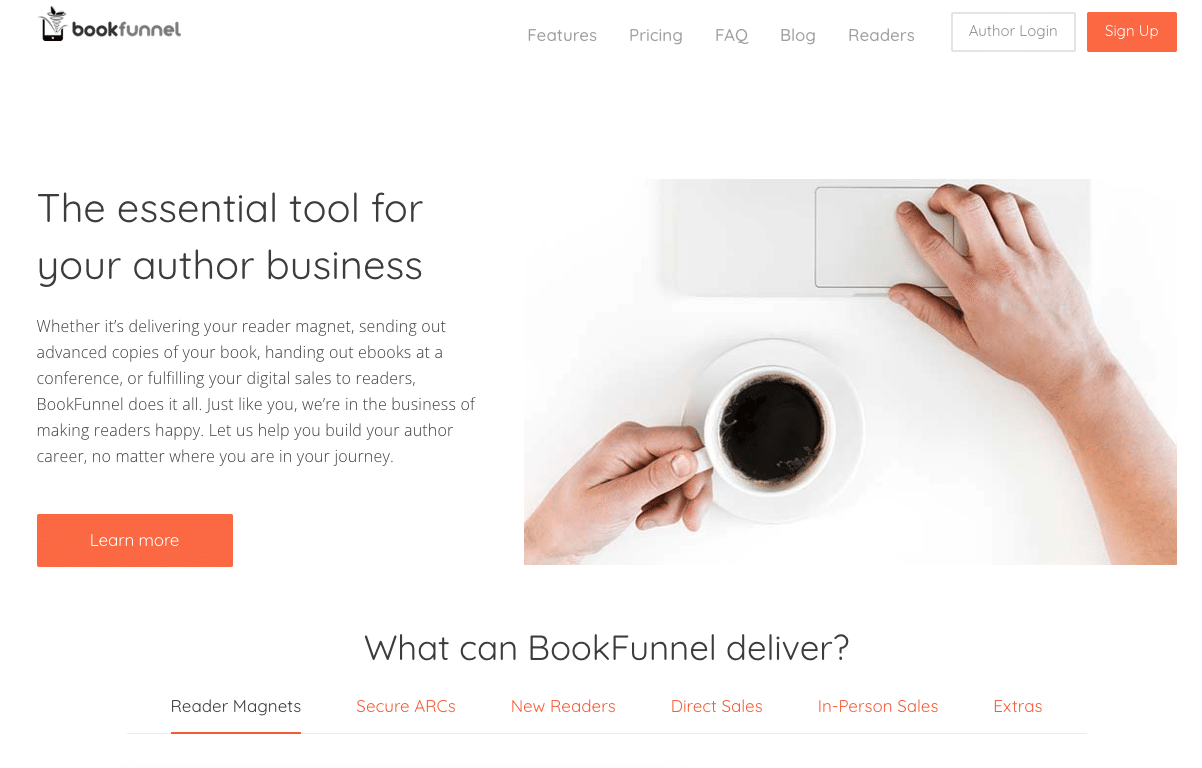
Originally, BookFunnel was created to collect email addresses and deliver e-books for authors. It still accomplishes that goal, but it’s gained more widespread appeal for its ability to deliver lead magnets in a format that makes sense for each individual consumer.
For instance, we typically tell churches to create an e-devotional of some kind in order to give away for lead generation. Once they’ve formatted it, they can upload their file to BookFunnel, then create a link that they can email straight to someone’s inbox.
Once they open that up, they’ll be able to download your book in PDF, .Mobi, .Epub, or whatever file they need for their e-reader. Or they can just print it off. The option is there’s.
BookFunnel offers a few other services like group promos, but those are secondary. And it’s cheap too: Just $20 per year to have up to five books listed at a time. Can’t beat it.
Canva
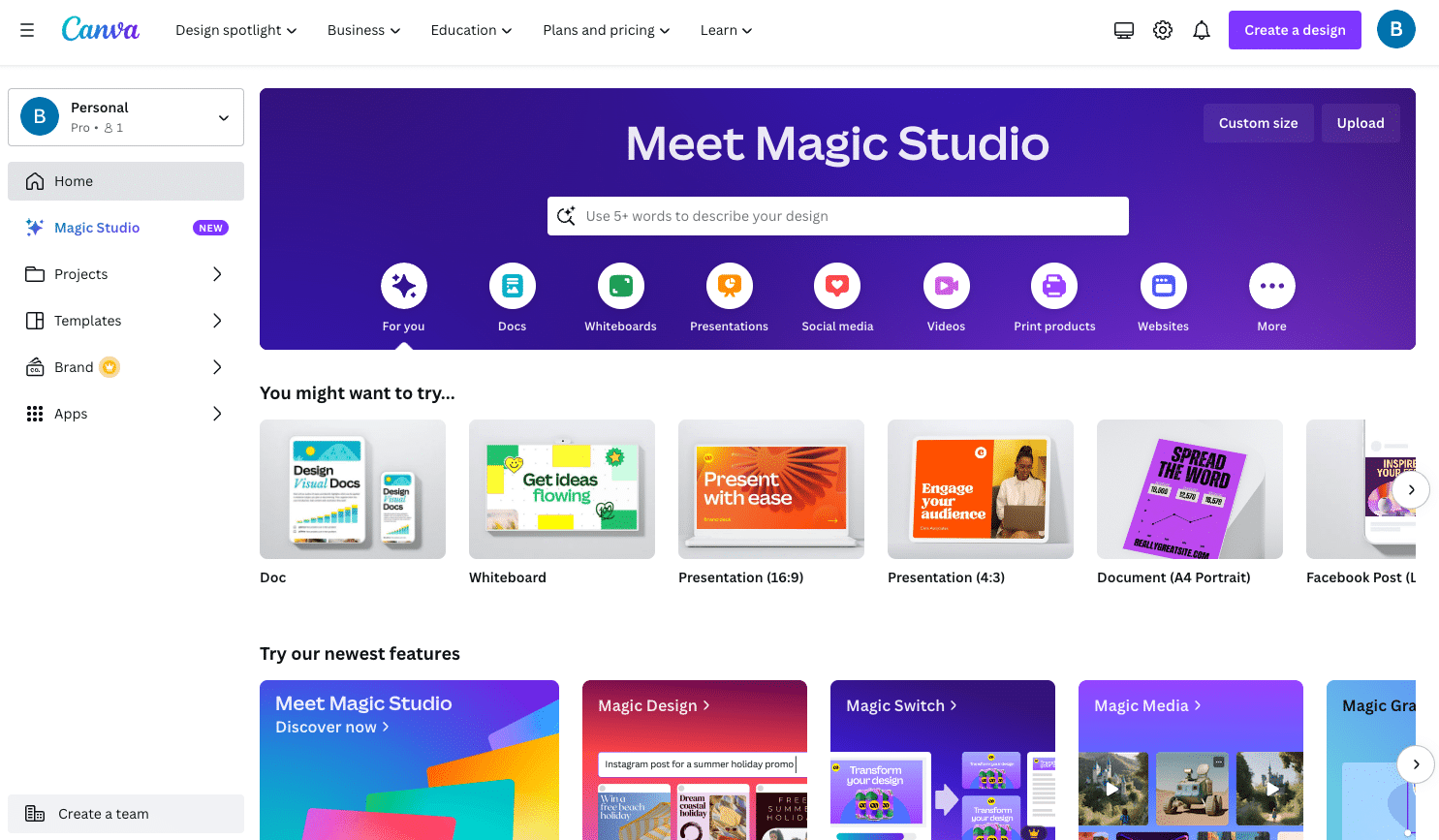
I am a Canva fanatic. If I could, I would wear Canva t-shirts all day and come up with a Canva jingle to recite once daily after breakfast.
I’m kidding, obviously, but I simply cannot overstate how vital Canva has been to me, professionally. I am very graphically-design challenged, so Canva has been a lifesaver.
Seriously, it’s my favorite tool out of all the tools that have ever existed.
Think of it like a Swiss Army Knife for your email marketing toolbox. You can use it to create book covers, social media images, email banners, powerpoint presentations, and hundreds of other items.
And it’s free to use. A premium plan costs $12 per month and is absolutely worth it.
Reedsy
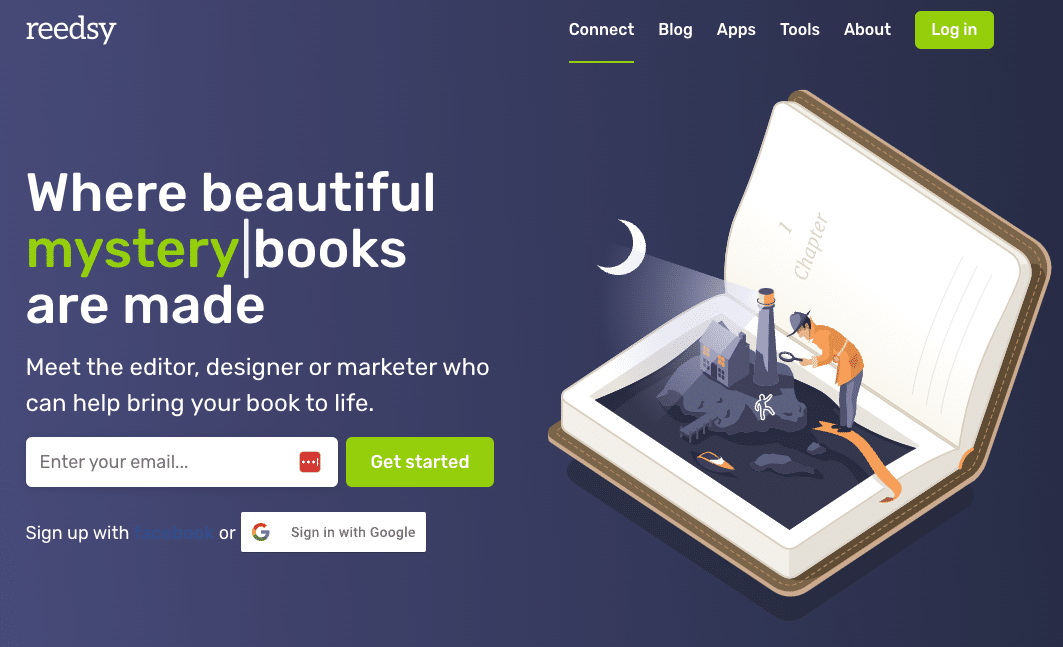
Reedsy is another website that is geared to authors, but it’s tools are extremely valuable to regular old folks like you and me as well.
One of them is their book formatter, which turns your documents into pdf or mobi-upload ready formats for people to read on their e-reader.
You may not think this is a big deal, but getting the right format for an e-book makes all the difference in the world. Most of the software for this can cost a lot of money, but Reedsy offers it for free.
Is it amazing? No. Are there better programs out there with better options? Absolutely. But does it do the trick? Yes, and then some. In just a few minutes, you can have a digital version of your book ready for upload. The interface is super easy to figure out and the formats it spits out will work for virtually every e-reader.
Email Marketing Strategy
Once you have the tools in place, you should start thinking about your overall strategy.
What are you going to give out in order to get email addresses?
Who do you want to reach?
How often are you going to email these people?
What are you going to email them?
These are the types of questions you need to figure out before you start. Consistency is key. You will (and should) change your answers to these questions, but you at least need somewhere to start.
Who is Your Audience?
There are two types of audiences you may want to reach, and both of them can be correct depending on your unique situation.
First, there’s a purely local audience. This is the people that live in your immediate area and you think have a reasonable ability to visit your services in person and/or connect with you for a Bible study.
Your location will play a role in how wide this net is. For rural areas, you may be looking at a radius of 50-75 miles, whereas more densely populated urban areas may have a radius of ten miles. Just depends on traffic, other churches in the area, and a few other specifics.
The other option available to you is a global audience. If you’re interested in having people from all over the world read your content — and contributing to the overall discussion about religion and Christianity — this may be your choice. You most likely won’t get to study with those people (except over Zoom), but it’s still an option.
As mentioned above, either option is great, it just depends on your goals. You may even do both, but if you’re going down that route, I highly suggest segmenting your list to know who is who.
What is Your Lead Magnet?
A lead magnet is simply something you give in exchange for someone giving you their contact info. Nobody just hands out their information for free, so usually there has to be some kind of exchange.
The number one thing to keep in mind when it comes to your lead magnet is value. If you’re going to ask people to let you contact them, they need to know in advance whether it will be worth it or not.
Here are some popular options when it comes to lead magnets:
- E-books
- Video series
- Checklists
- Bookmarks
- Social media graphics
You can probably count 1,000 more options if you want, but consider your options and your audience to figure out what works best.
One more thing: Whatever you decide on, it needs to be delivered for free. Giving out physical copies of anything gets expensive when you start doing it at scale, so find something that you can sent out for free and that is automated. Thank me later.
What Will Actually Be In Your Email?
There are multiple schools of thought in regards to email content.
Some people feel like you should send them all of your blogs and all of your sermons.
Some think you should only send them invites to services and other “promotional” material.
Others do absolutely nothing with their list, then blast out a flyer for their Gospel Meeting and wonder why their unsubscribe rate is through the roof.
All of the above considered, I tend to err on the side of simplicity. Most people receive over 100 emails every single day; I guarantee you they’re not reading all of them.
For this reason, you need to make sure that your subject line is attention-grabbing, your email is to the point, and your content is worth reading. I would suggest only one piece of content per email, but experiment to find the right material that resonates with your audience.
How Often Will You Email Them?
Like email content, there are lots of opinions on this as well. Send once a month? Twice a month? Once a week? Once a day?
Again, this will boil down to your audience. Once your list gets big enough, you could always send out a survey and ask them, but you’ll then need to segment them out to make sure they get it according to the proper cadence.
At the beginning, find the cadence that works best for you. Your audience will adapt, but the biggest thing that will kill your list is a lack of consistency. Pick whatever frequency you want, but make sure you stick to it.
Putting It All Together
There is a lot of info in this article, and for those who are hearing about all these concepts for the first time, it may feel a bit overwhelming.
Don’t worry if that’s the case. This isn’t science as much as it is art, so you’ll probably discard half of these points over time.
The point of this is to get started.
If I were starting a list from scratch (and I am on my Bible Blog Project), this is the order I would get things going.
1. Sign Up For an Email Service
Pick something free that you can use at first to learn with, then (optional) pick a second one that you want to use once you get your feet under you.
You may stick with the same one; that’s fine, but build a future into your email marketing strategy.
2. Define Your Audience
Will your content reach a purely local audience, or do you want it to reach everyone?
Ultimately, the best content will reach everyone, but I’m talking about intent. You’ll need to build your first 1000 or so contacts manually, so you need to know where to start.
3. Create a Lead Magnet
Now that you know your audience, what type of lead magnet will work best?
Pick one that you want to start with, but keep your mind open to other options. If nobody responds to your initial offer, switch to something else (or a different kind of the same thing, like a different book), and try again. Keep trying until you find something that works well.
4. Determine Your Traffic Source
Organic traffic to a website is the long-term strategy, but that could take a looooong time to get going.
If you want to give your list a shot of jet fuel, paid ads are the way to go.
At the time of this writing (early October), I’ve just started building my email list for my Bible Blog Project. I started a paid ads campaign on Facebook on October 1 — giving away one of my books in exchange for an email address — and the results are pretty stellar.
How good? I’m paying $5 a day and am getting email addresses at $0.34 each. That’s way cheaper than I thought, which means I absolutely will be dialing up the ad spend in the next few weeks.
With any luck, I’ll be able to snag 1,000 email addresses by the end of the month. That would be a great start.
At the same time, I’m building up organic traffic so that I’m less reliant on ad spend. It’s a delicate balance to find the right traffic source, but it’s hard to beat the power of paid ad spend.
5. Connect Your Email List to Signup Form
If you have a list embedded on your website or through a paid ad, you’ll need to connect that to your email service. When people sign up and then get on that list, they’ll receive their lead magnet automatically.
That’s where something like Zapier comes in handy. You can do it manually, but it’s both time consuming and inefficient.
6. Decide on Email Content and Cadence
Now that the mechanics are taken care of, decide on what your actual email strategy will look like and go to town. It’s a marathon, not a sprint, so think of this in terms of months and years rather than days and weeks.
7. Manage Your List and Grow Accordingly
As your list develops, you’ll learn a lot about yourself, your audience, and your content. Don’t be hesitant to respond to what your market is telling you. Give them what they want (never change doctrine, obviously), and you’ll find sucess.
Ready to Get Started With Email Marketing?
Whether you’re starting a list on behalf of a church or you’re starting your own blog, there’s a lot to work through here. It’s simplistic, but that’s because the real “magic” will arrive when it becomes personalized to you.
Best of luck!


